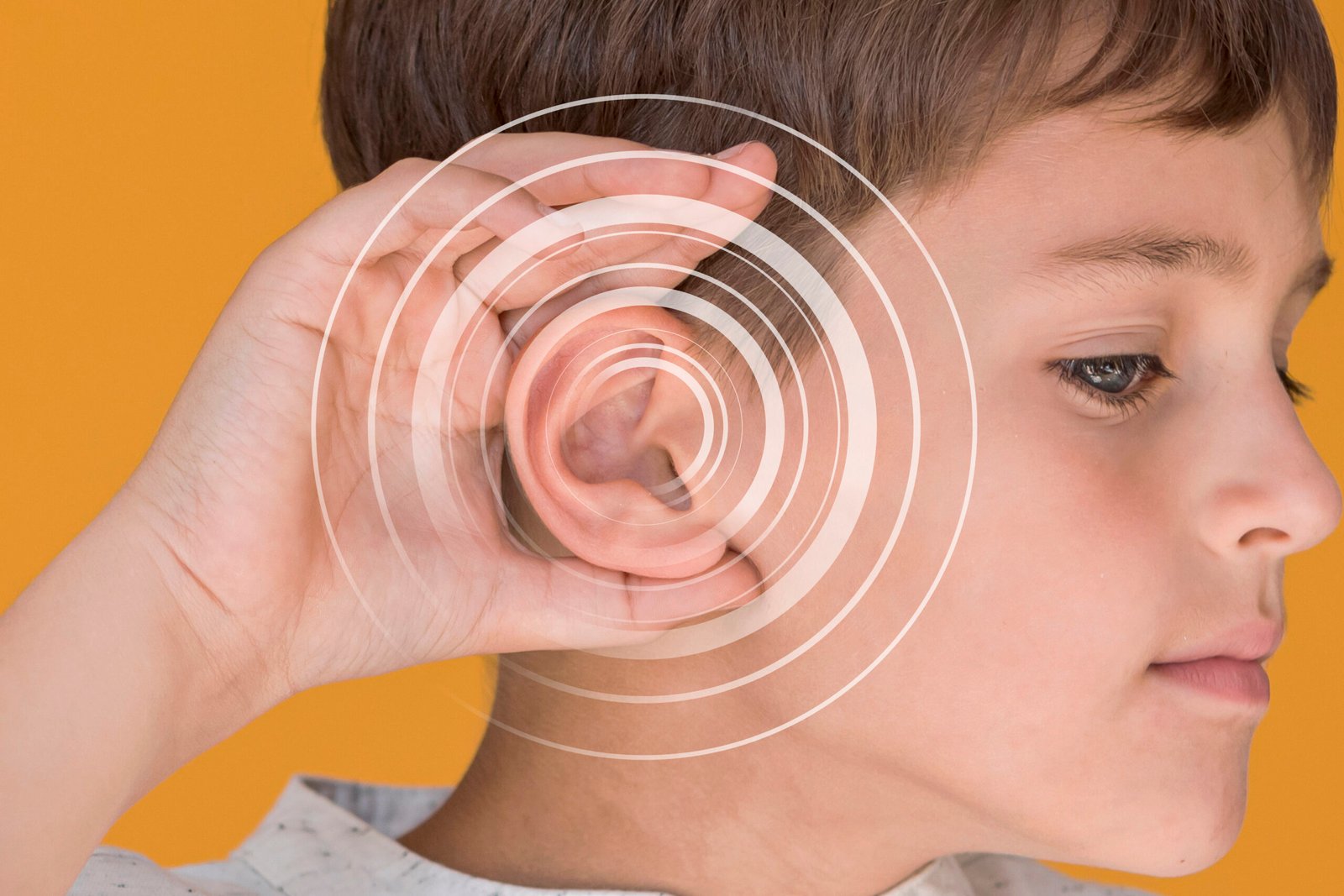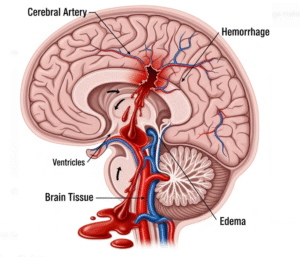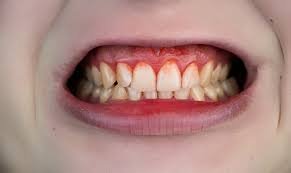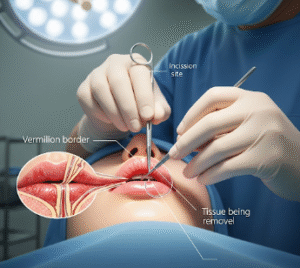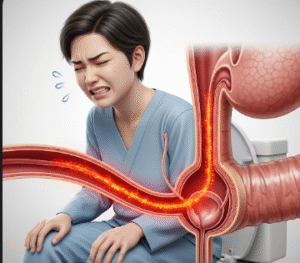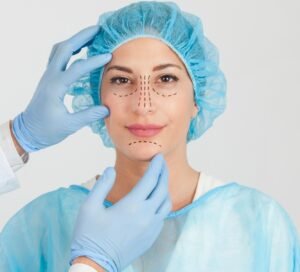Overview
Aural polyps are benign, fleshy growths that typically arise from the mucosal lining of the ear canal or middle ear, often as a result of chronic infection or inflammation. Though not cancerous, they can cause discomfort, hearing problems, or discharge. In South Korea, ENT specialists use advanced imaging, endoscopy, and minimally invasive microsurgery to treat aural polyps effectively.
What is Aural Polyps?
Aural polyps are inflammatory masses composed of granulation tissue, most commonly found in the external auditory canal or middle ear. They are often secondary to chronic suppurative otitis media, foreign bodies, or cholesteatoma. These polyps may partially or fully block the ear canal, affecting hearing and potentially causing infection.
Symptoms
- Persistent or recurrent ear discharge (otorrhea)
- Hearing loss or muffled hearing
- Ear pain or discomfort
- Fullness or pressure in the ear
- Visible red mass in the ear canal (in some cases)
- Occasionally bleeding from the ear
Causes
- Chronic otitis media (middle ear infection)
- Cholesteatoma (abnormal skin growth in the middle ear)
- Foreign body in the ear canal
- Trauma to the ear canal or tympanic membrane
- Allergic reactions or fungal infections
- Rarely, neoplasms (tumors)
Risk Factors
- Recurrent or untreated ear infections
- Poor ear hygiene or self-cleaning with objects
- Use of hearing aids without proper cleaning
- Allergic rhinitis or sinus infections
- Living in humid or polluted environments
Complications
- Hearing impairment
- Spread of infection to surrounding tissues (mastoiditis)
- Tympanic membrane (eardrum) perforation
- Development of chronic suppurative otitis media
- Misdiagnosis of a malignant tumor
- Recurrence of polyps if underlying condition not treated
Prevention
- Early treatment of ear infections
- Avoid inserting foreign objects into the ear canal
- Keep ears dry and clean, especially in humid environments
- Regular ENT checkups if prone to chronic ear issues
- Proper management of allergies and sinus infections
Treatment Options in Korea
South Korea offers some of the most modern otolaryngology (ENT) care globally, with facilities such as Asan Medical Center, Severance Hospital, and Samsung Medical Center excelling in ear surgery and diagnostics.
1. Diagnosis
- Otoscopy and endoscopic examination: To visualize the polyp
- CT or MRI scans: To assess middle ear and mastoid involvement
- Audiometry: To evaluate hearing level
- Biopsy: If malignancy is suspected
- Culture of ear discharge: To guide antibiotic therapy
2. Medical Treatment
- Topical antibiotic drops: Often the first line
- Oral antibiotics: For widespread or persistent infection
- Steroid drops or oral steroids: To reduce inflammation
- Antifungal treatment: If fungal infection is suspected
3. Surgical Treatment
- Polypectomy: Removal of the polyp under local or general anesthesia
- Tympanoplasty: If there’s eardrum perforation
- Mastoidectomy: If mastoid bone is involved due to chronic infection or cholesteatoma
- Canalplasty: In cases of narrowed ear canal
4. Post-treatment Care
- Regular follow-up with ENT specialists
- Hearing tests to monitor function after treatment
- Preventive ear care and hygiene education
- Addressing underlying causes like sinus or allergic conditions

